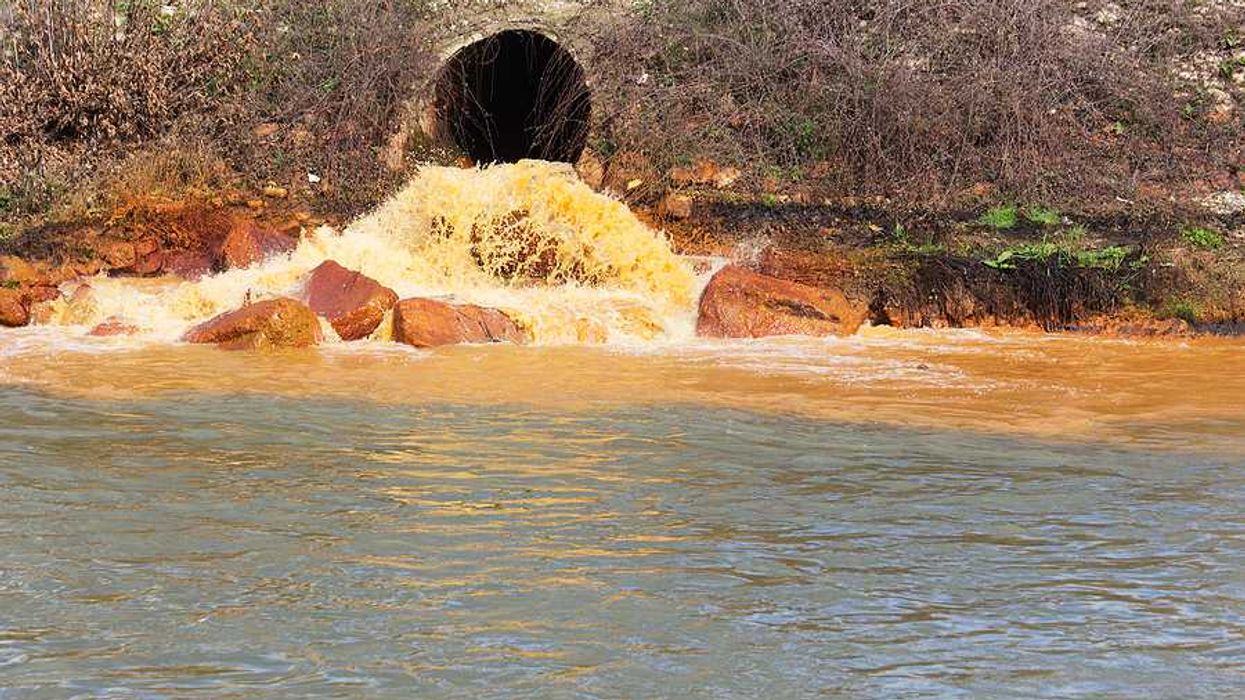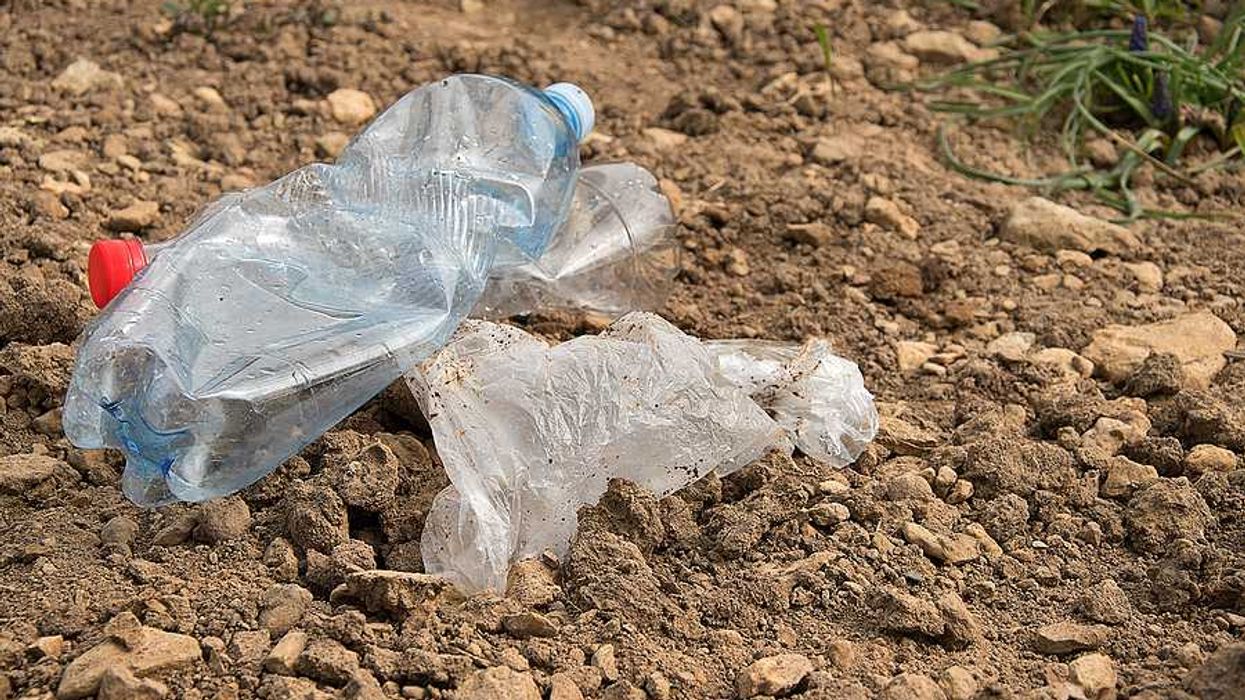Half a century after the Vietnam War, millions of Vietnamese citizens continue to grapple with disabilities, illnesses, and environmental destruction caused by Agent Orange contamination.
Aniruddha Ghosal and Hau Dinh report for The Associated Press.
In short:
- The U.S. sprayed 19 million gallons of defoliants during the Vietnam War, with more than half containing Agent Orange, contaminating soil and water across Vietnam.
- Cleanup efforts, funded partly by the U.S., remain incomplete and face new threats as President Donald Trump cuts foreign aid budgets.
- Scientists still debate the full extent of Agent Orange's health impacts, while millions live with conditions likely linked to dioxin exposure.
Key quote:
“They’ve been victimized twice, once by the war and the consequences that they’ve suffered. And now by having the rug pulled out from under them.”
— Chuck Searcy, American Vietnam War veteran
Why this matters:
The enduring legacy of Agent Orange highlights how chemical warfare can devastate human health and ecosystems for generations. Even decades after the Vietnam War, dioxin contamination continues to cause cancer, birth defects, and neurological damage among Vietnamese communities, especially children. The toxin also decimated Vietnam’s forests and mangrove swamps, impacting biodiversity and weakening natural protections against climate change-driven storms. As U.S. aid shrinks, ongoing cleanup efforts risk collapsing, worsening public health crises and eroding trust between the U.S. and Vietnam.
Related: Abandoned: Agent Orange survivors left in limbo by US














